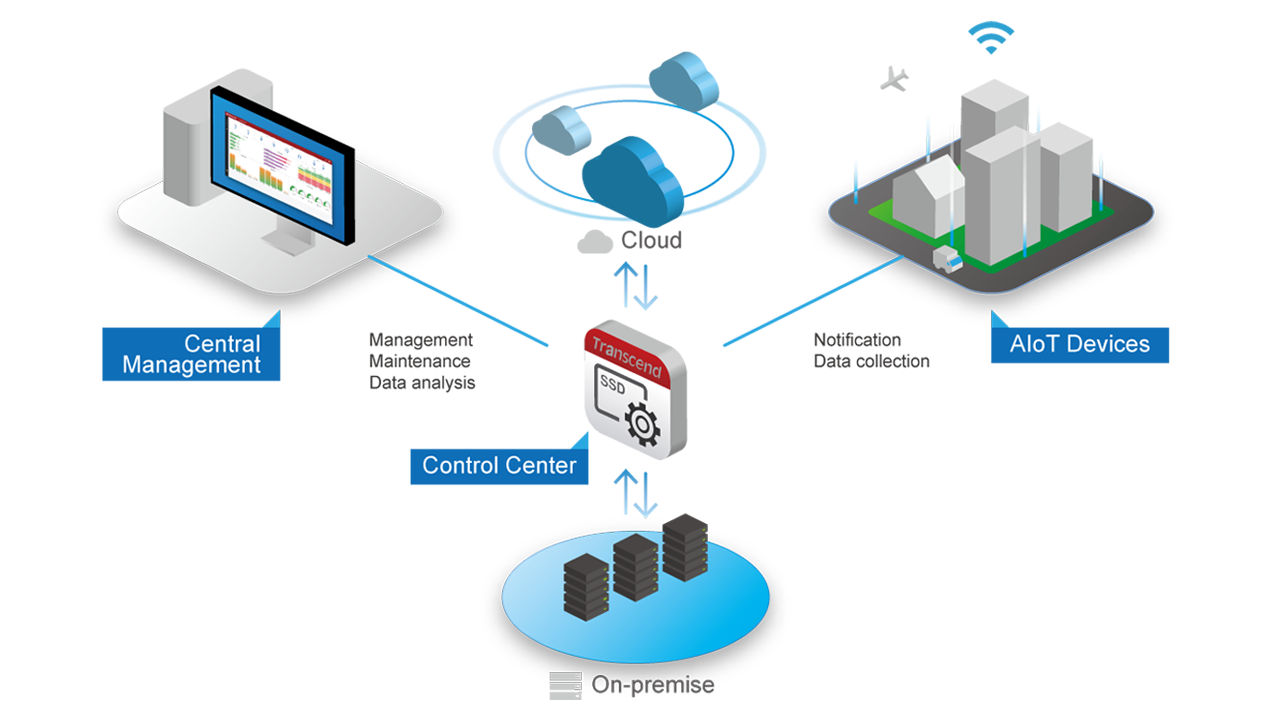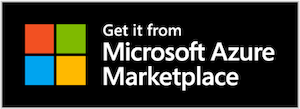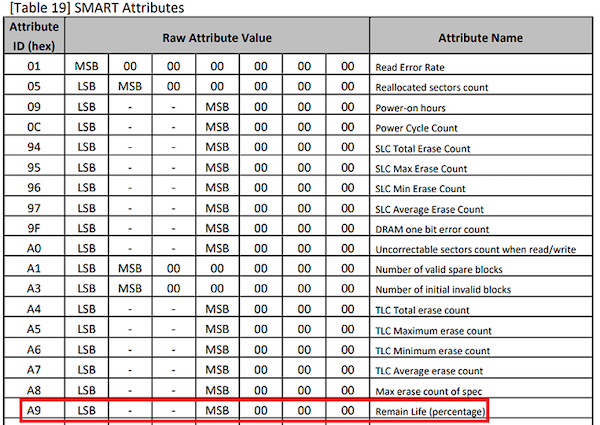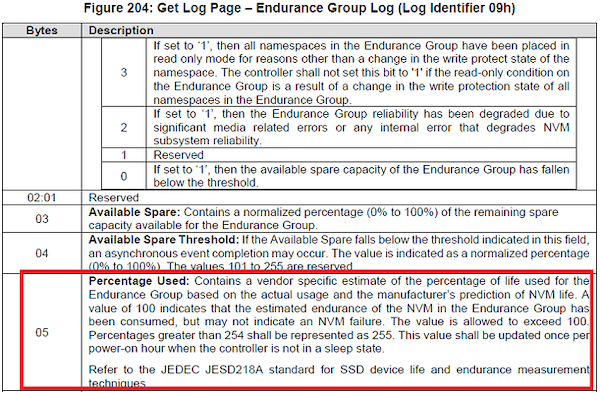How to Monitor MicroSD Lifespan ?
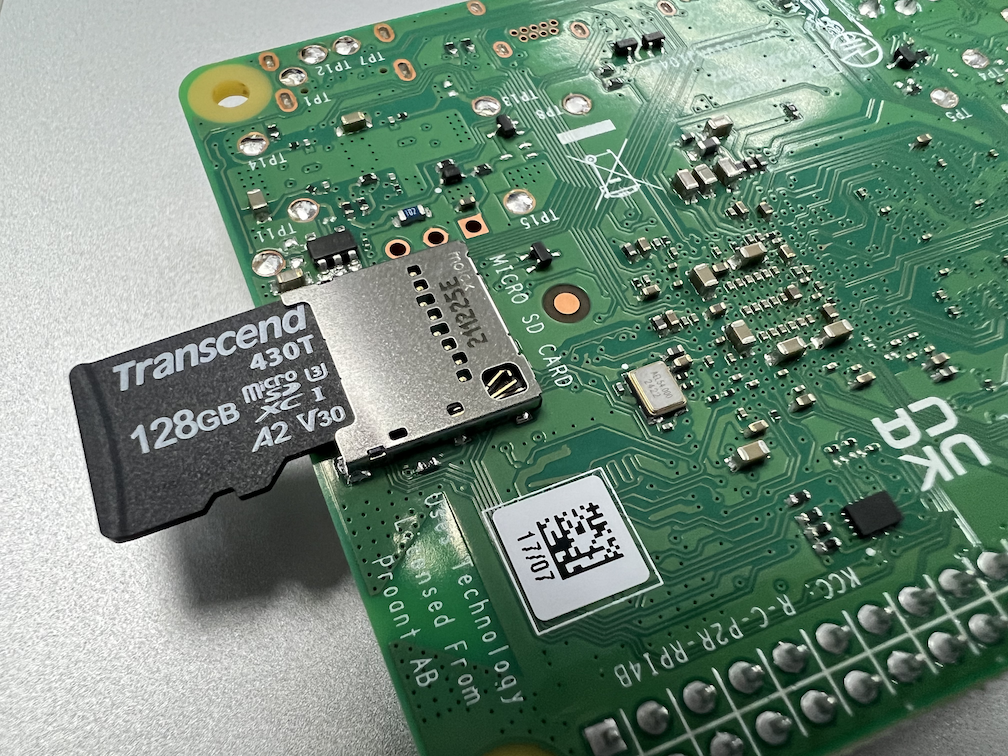
MicroSD (Secure Digital) cards are compact, non-volatile storage devices that have become integral components in embedded systems. It owns tiny size, high storage capacity, and wide availability make them an excellent choice for the embedded devices.
NOTE: This article is in reference to Transcend embedded microSD and SD card products.
MicroSD Applications in Embedded Systems
Data Logging and Recording:
MicroSD cards are commonly used in applications that require continuous data logging or data storing, such as in industrial automation, surveillance monitoring, Internet of Things (IoT) devices and automotive systems.
Audio and Video Playback:
Embedded systems in multimedia devices, such as advertising machine and handheld gaming consoles, can use MicroSD cards to store media files.
Instrumentation and Measurement Systems:
Test and measurement equipment often incorporate MicroSD cards to store measurement data, configuration settings, and calibration information.
Monitor your SD/Micro SD Lifespan
Command 56 (CMD56) is a vendor-specific command defined in the SD standard. Transcend has defined the Card Life command, which can be used to determine the degradation status of NAND Flash. By using the Card Life command, the developers can determine the number of write cycles remaining in their memory card, allowing them to take preventive measures before the card reaches its lifespan. This command also allows for the assessment of the degradation status of MicroSD cards during evaluation and testing. Transcend also define some innovated S.M.A.R.T. features which allows the user to evaluate the status of the SD in a much more efficient way.
The following github project provides step-by-step instructions on using Raspberry Pi with Transcend MicroSD in a Linux system, along with sample code for reference.
How to: Monitor SD card health and status using Raspberry Pi :
https://github.com/transcend-information/RaspberryPi-SDcard-SMARTQuery

Transcend has announced that the SD / MicroSD cards currently come equipped with the latest 3D TLC NAND technology. As these products feature NAND Flash, it is crucial for industrial equipment users to assess their lifespan as a key factor in managing and optimizing the use of SD / MicroSD cards. The SD cards are highly durable and reliable, making them suitable for use in challenging environments such as industrial machinery. We remains committed to providing customers with cutting-edge products that meet their needs.
